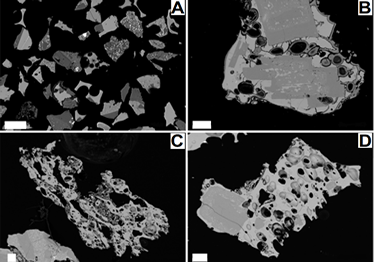Tsunami and tephra deposits record interactions between past eruptive activity and landslides at Stromboli volcano, Italy

Pistolesi M., A. Bertagnini, A. Di Roberto, M. Ripepe and M. Rosi (2020).
Geology, 48/2, doi: 10.1130/G47331.1.
Abstract
Devastation associated with tsunamis is well known on the global scale. Flank collapse at volcanic islands is among the mechanisms triggering tsunamis, but very few examples document interaction between landslides and volcanic activity. The study of three well-preserved medieval tsunami deposits recently discovered along the coast of Stromboli volcano (Aeolian Islands, southern Italy) enabled a detailed characterization of the tsunami sequences intercalated with volcaniclastic deposits and primary tephra and allowed reconstruction of the likely sequence of volcanic events. In one case, a violent explosion possibly preceded the tsunami, whereas in the youngest event, the lateral collapse of the volcano flank triggered a tsunami wave that was rapidly followed by sustained explosive magmatic activity and ensuing prolonged ash venting. The hypothesized tsunami-triggering dynamics suggests a close link between volcanic activity and flank collapse, further confirming that the persistent activity at Stromboli makes the volcano particularly susceptible to tsunami generation.


Devi effettuare l'accesso per postare un commento.